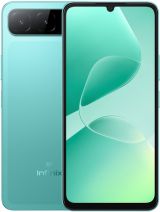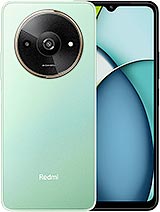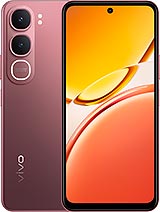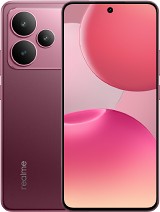Lava Yuva 4 4G alternatives
Tap above to see alternatives.
Poco M7 Plus alternatives
Tap above to see alternatives.
Lava Yuva 4 4G

Lava Yuva 4 4G
-
Unisoc T606
12 nm
-
5000 mAh
10W
-
6.56"
720 x 1612 pixels
-
50 MP
1080p@30fps
- Specs
Poco M7 Plus

Poco M7 Plus
-
Snapdragon 6s Gen 3
6 nm
-
7000 mAh
33W
-
6.9"
1080 x 2340 pixels
-
50 MP
1080p@30fps
- Specs
2x1.6 GHz Cortex-A75
6x1.6 GHz Cortex-A55
2x2.3 GHz Cortex-A78
6x2.0 GHz Cortex-A55
4GB 128GB (UFS 2.2)
8GB 128GB (UFS 2.2)
(wide), AF
VGA
Auxiliary lens
f/1.8, (wide), PDAF
Auxiliary lens
f/2.0, (wide)
SIM1: Nano, SIM2: Nano
8 5G bands
n1, n3, n5, n8, n20, n28, n40, n78
In this performance comparison, the Poco M7 Plus with its Qualcomm Snapdragon 6s Gen 3 (6nm) performs better than the Lava Yuva 4 4G with the Unisoc Unisoc T606 (12nm), thanks to superior chipset efficiency.
Poco M7 Plus offers 2 years of OS updates, whereas Lava Yuva 4 4G provides 1 years. For security updates, Poco M7 Plus offers 4 years of support compared to Lava Yuva 4 4G's 2 years.
Both Lava Yuva 4 4G and Poco M7 Plus use LCD screens. In terms of smoothness, Poco M7 Plus offers a higher 144 Hz refresh rate, ensuring fluid scrolling and animations. Both devices deliver the same brightness level at nits. Notably, Poco M7 Plus offers a higher screen resolution, resulting in sharper visuals and more detailed content.
Poco M7 Plus features a larger 7000 mAh battery, potentially delivering better battery life. Poco M7 Plus also supports faster wired charging at 33W, compared to 10W on Lava Yuva 4 4G.
Poco M7 Plus includes an IP64 rating, while Lava Yuva 4 4G lacks an official IP rating.
¹ Scores can vary even with the same chipset due to RAM, thermals, and software optimization.










